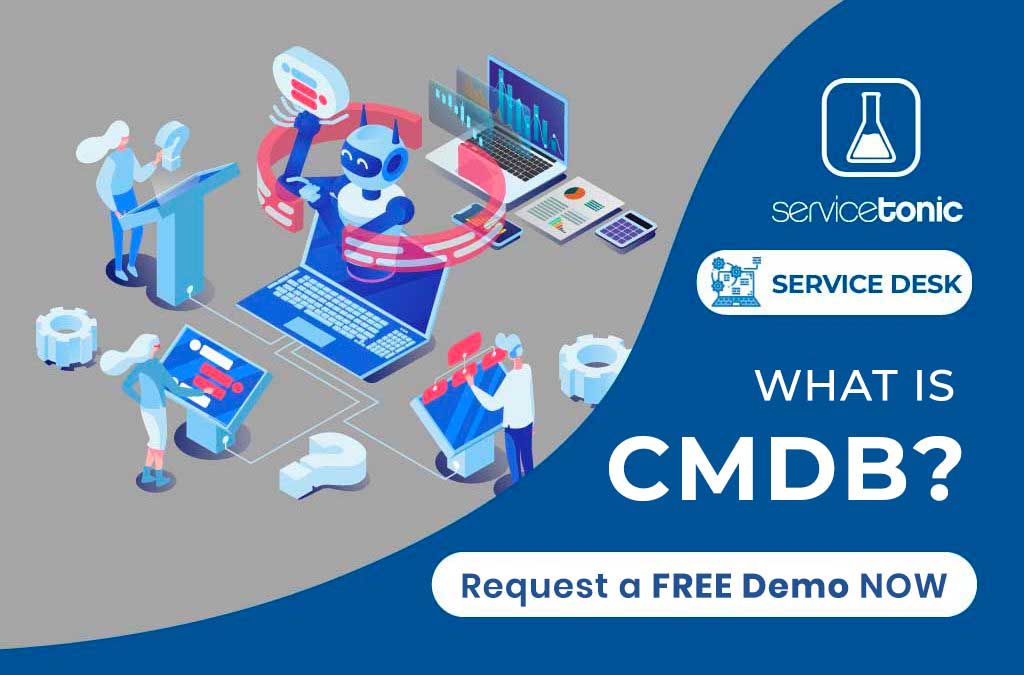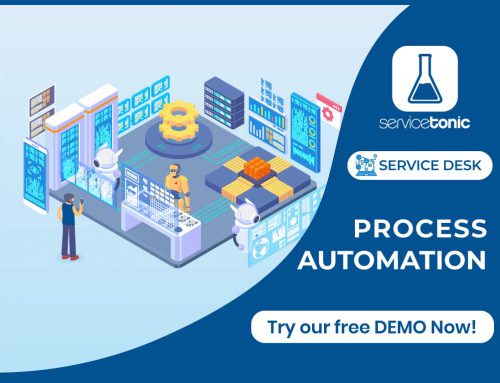Table of Contents
CMDB
The CMDB or the Configuration Management Database is the system of record that stores the information about infrastructure and service management in the form of entries called CIs (Configuration Items)
The enterprises of the present and the future are going to be more and more digital and IT infrastructure in these enterprises are growing at a rapid pace. As the dependence on IT Infrastructure continues to grow, it is of utmost importance to have a good control of all these IT assets and understand their relationships and interdependencies.
This process is not easy, and often it is paralyzed by complexity, inconsistency, incompleteness and outdated data. It is critical of IT to be able to provide accurate data, so that business can make the right decisions.
What is CMDB?
The CMDB or the Configuration Management Database is the system of record that stores the information about infrastructure and service management in the form of entries called CIs (Configuration Items). It can also store the CI to CI relationships.
This data is used by important processes such as Incident, problem, change, service request and asset management. A proper usage of CMDB data in Service Management processes helps to better understand the state of the IT environment in an organization. This in turn helps business to make the right decision regarding the services they provide.
CMDB forms the center of Configuration Management.
“Configuration Management creates a logical model of the infrastructure and the available services. This happens by identifying, controlling, maintaining and verifying the versions of all existing Configuration Items (CIs)” – According to ITIL.
Some of the important information related to CI’s that should be maintained by the CMDB are CI Type, Unique Identifier of the CI (CI ID), Status, Support Information if any, used-by information, Location data, related CI’s with type of relation, historical data related to changes done to the CI in the form that’s is auditable, service history in the form of incidents, requests, problems, changes etc.
What to record and store in your CMDB?
Configuration items can have a lot of data related to an configuration management. The CMDB should in the end store only that much data that is necessary to enable proper service delivery to the business. The rest of the details of about the CI can be stored in a separate database or system.
The judgement of what attributes and data should be kept outside the CMDB is based on the proper understanding of the whole service delivery. We can define integrations with external databases to fetch these federated data whenever necessary.
Steps to setup your CMDB
Ask the following questions before starting a CMDB project:
- What are the current issues faced in managing information about assets?
- Who will be using the CMDB and are the benefits each group of users expect? Once we are able to enlist this we can outline how much of this is possible to be achieved and in how much time. This will enable to break down the project in several phases, to incorporate quick wins and any changes in expectations and requirements.
- Form a Configuration management team with members from the Infrastructure management team, ITSM application administration team and the various process owners for Incident, Change and Problem Management.
- Building the Configuration Management process with the Change Manager.
- Select the right tool for your CMDB project.
- Together with the Configuration Management team and Change Management team define the relevant set of attributes and relationships that need to be stored for each CI type. Then also define the process of using this managing and using this data.
- Update the CMDB with Data.
- Communicate the processes defined in Step 3 to relevant teams.
Usage of Network Discovery for data accuracy
Discovering and keeping track of devices on a network can be difficult without the proper tools. Manually mapping the topology of devices can be time consuming, error prone and costly exercise.
A network discovery tool automates the scanning of a network to discover all the devices on that specific network. This process saves time.
ServiceTonic Network Discovery Software is a tool that facilitates the discovery of assets connected to your network and retrieve important information about these devices. Once the assets have been discovered, it is very easy to visualize the network map of all your assets in a graphical manner.
Once you have discovered the devices then you can load this information into ServiceTonic CMDB, map them to their users, define support details, define preventive maintenance schedules, etc.
The data in the CMDB is then ready to be used by Incident, Change and Problem processes within ServiceTonic to track service delivery, disruption, change, remediation history all from the central information system of the CMDB.
Download ServiceTonic Network Discovery Software for free and start scanning your assets.
The CMDB allows for a smooth life cycle management of each CI, keeping detailed audit log of every change for traceability.
Do you want to know how to implement the CMDB in your company? Contact us through the following form and an agent will contact you as soon as possible.




